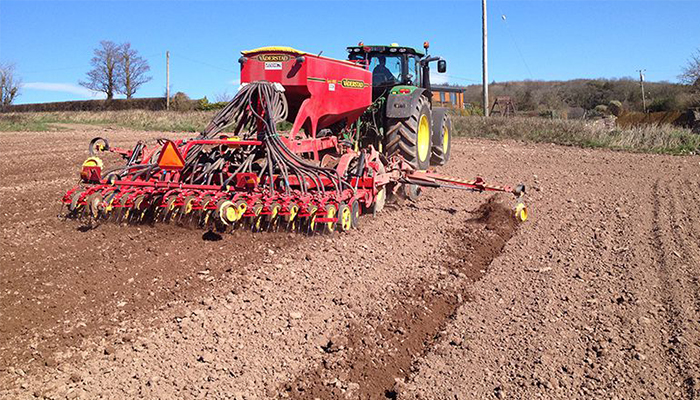26 January 2024
Scale of seed shortage becomes apparent

Planting delays in spring 2023, challenging harvest conditions and a reduction in the winter planted area have combined to create seed shortages for tillage farmers this spring.
This was a key message from Michael Hennessy, Head of Crops Knowledge Transfer at Teagasc, who addressed a recent meeting of the National Fodder and Food Security Committee.
Estimates, he explained, suggest that the area planted under winter cereals is approximately 78,000-80,000ha – 60-62% of the planned normal planting area. Additionally, issues around harvest time, including challenging harvesting conditions, lower yields and a higher level of rejections, have reduced the availability of Irish-grown seed stocks, creating the need to look elsewhere to source supplies.
Adding to this, the same challenging weather conditions experienced in Ireland have reduced the availability of seed supplies in the UK, Denmark and Nordic countries, meaning that seed houses are having to look further afield to the eastern bloc countries within Europe to secure seed.
This does pose challenges, with Michael adding: “Seed houses have imported a large tonnage of seed already. There are two potential issues. One is around seed health, there are some plant concerns in terms of grass weeds coming in.
“Secondly, it is really around varieties. The varieties which are available will probably be less well known and different to what’s on the Irish Recommended List. They might have been in recommended trials a while ago, but the knowledge around some of these varieties could be fairly scant.”
Immediate actions
In terms of the immediate actions, Michael said that Teagasc will be advising farmers to carefully inspect winter-sown crops which are patchy, while the establishment of winter wheat should be continued.
“We’re very much encouraging the planting of winter wheat seed up until around mid-February. Hopefully the weather will cooperate and we might get 3,000-4,000ha planted. It would take a little bit of pressure off the seed situation.”
Additionally, farmers will be encouraged to maximise the plantings of spring beans, wheats and oats to try and take the pressure off the spring barley seed, while some farmers may explore forage crops as an option on their farm – but this will be farm specific and will be dependent on market requirements.
Concluding his presentation, Michael said: “Above all else, we are really encouraging farmers to sit down to plan what they are going to do in terms of the crops and where they are going to put them.
“They need to communicate that as quickly as possible with merchants, so that merchants can translate that across to seed houses who can organise seed supply.
“It is all really tricky and especially for that extra seed that might need to be imported – the lesser known varieties – there will be a need for us to offer more advice in terms of how those varieties can be managed reasonably successfully to get to harvest standing and hopefully yielding reasonably well.”
